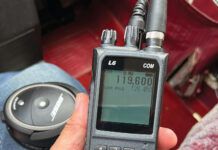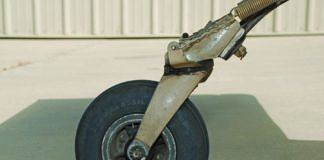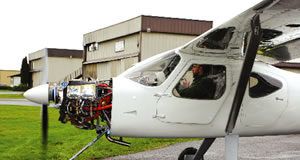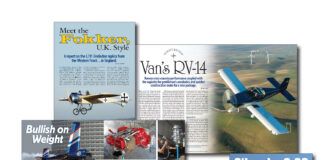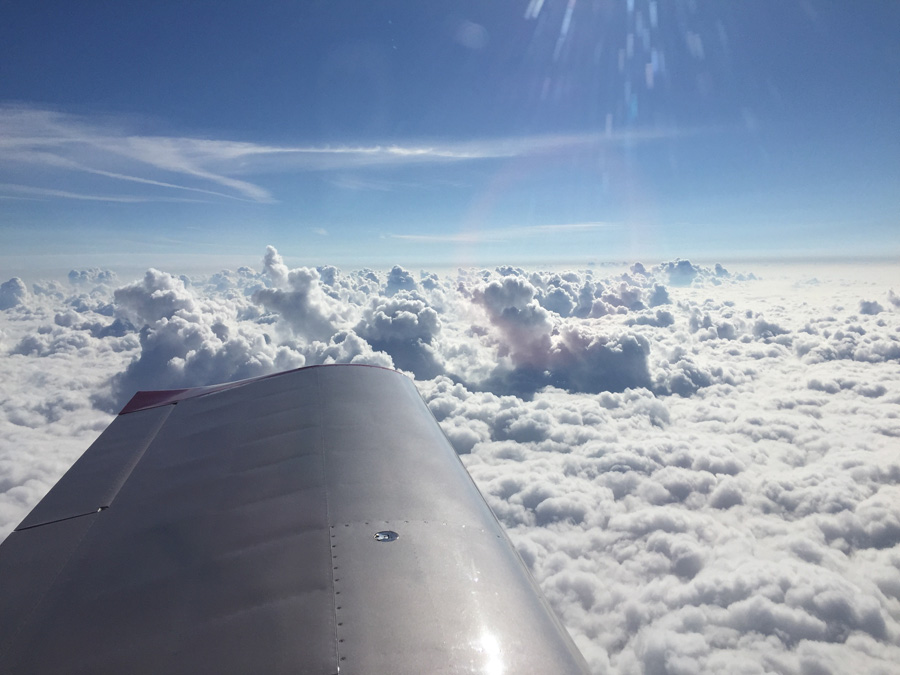
This was the view for most of the ride back from OSH. It was a smooth ride on top at 12,000 feet. As the day wore on, the tops got taller but were easily circumnavigable.
It may be the middle of winter, but that doesn’t mean you can’t start thinking about AirVenture. I thought I would share some best practices I have put to use over the years and include a few comments about the event itself.
So let’s start with the trip. Every few years, we manage to experience a really nice and relaxing trip to OSH, with good VFR weather up and back. But since AirVenture is usually during the peak of thunderstorm season, the normal routine is to start watching the weather patterns about a week ahead of time to try and determine the best day for departure from home. Remember, this is supposed to be fun! Often the weather patterns in the Southeast are continuously hot and muggy, with afternoon thunderstorms, so I plan accordingly. I also like to arrive ahead of the pack (more about that later).
OSH 2016
Our plan was to leave early Friday and arrive in the morning, as we had a pop-up camper reserved for Friday in Camp Scholler. While I don’t ever try to box myself into a schedule for OSH, I do like to avoid the Ripon arrival, and so does Carol. As much as I used to like flying that procedure, it seems as though in the last few years it has gotten a little crazy.
To add a measure of safety to the flight, I use the STMP (Special Traffic Management Program), which the FAA puts into place at really crowded events such as AirVenture. It’s really easy to go online and reserve an IFR arrival reservation slot, which are posted at 15-minute intervals. I will work to give us enough time on the first leg to land, have lunch, and relax, before departing for the last leg. It’s much easier to hit the 15-minute arrival slot into OSH when you are within 1-2 hours, rather than being 4 hours away, although I did do just that one year and made it. However, unexpected routing delays from ATC can make it iffy sometimes. You are required to put the IFR reservation confirmation in the remarks section of your filed flight plan so ATC can see it. A few years ago, when ATC routing and delays were making our arrival time iffy, ATC told me not to be concerned. They were aware and would sequence me. That was a relief!
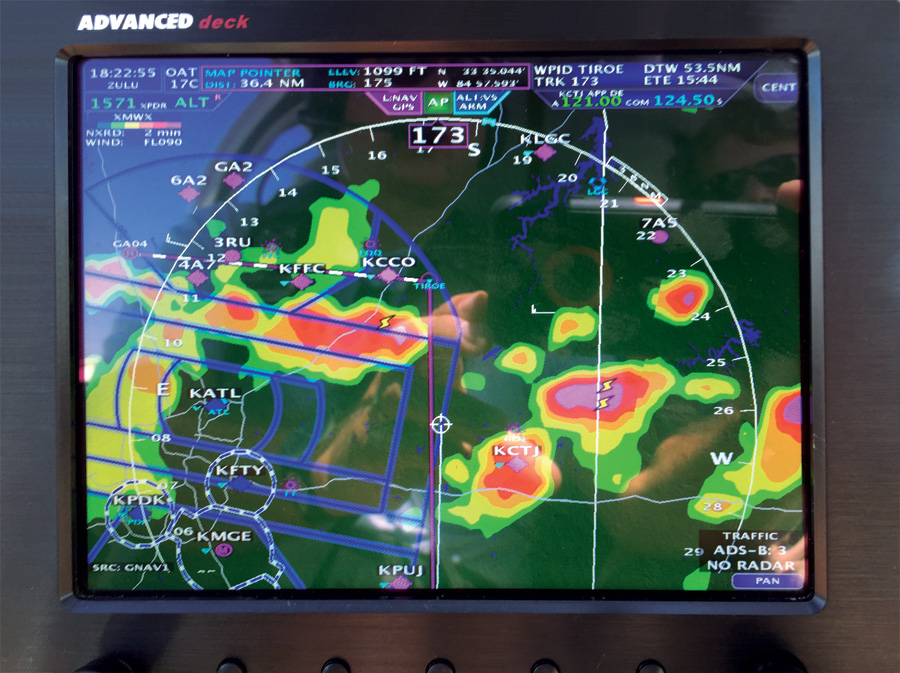
It was clear the routing wasn’t going to work over the top of Atlanta, but a track to the west and south, followed by a turn to the east, worked out great. I wouldn’t attempt this with fast-moving frontal systems. These were stay-put afternoon pop-ups.
In the week leading to our departure for AirVenture ’16, I could see a frontal system developing that would be between OSH and us on Friday. I decided that it might be better if we left on Thursday, go as far as we could, and then spend the night while the frontal system went over us. Carol found us a room in Kenosha, Wisconsin, which is just a little South of Milwaukee. I planned for a stop in Lafayette, Indiana, where they seem to always have a crew car available for a quick ride into town for a bite to eat. The route looked fine for an early morning departure, and it was smooth sailing at 10,000 feet, but I did need to perform an instrument approach at KLAF due to a low layer of clouds and fog that had not burned off. This was my first clue that there seemed to be a lot of moisture still in the air.
Our usual leg for fun when departing from Lafayette or Gary, Indiana, is to fly up the west shore of Lake Michigan and enjoy the skyline of Chicago. Sometimes it works and sometimes it doesn’t this time of year. When we left Atlanta, it looked like it could work. However, while we were at lunch, the picture on ForeFlight looked dramatically different. A really fast and ugly line of storms was coming right down the shoreline and across most of Lake Michigan. That route was definitely closed off, so I planned and filed a route along the west side of Chicago through Rockford, Illinois, before a turn back to Kenosha.
It turned out to be a great decision. I don’t like to be IFR when thunderstorms are in the area, as I like to remain VFR. I have seen the inside of a really nasty thunderstorm once, and I don’t care to ever see one again. While ATC is usually cooperative when asking for diversions due to weather, I knew I would be flying in one of the busiest airspaces in the country while flying around Chicago, so I didn’t want to do it VFR and not be able to get flight following. So I filed IFR, which turned out to be a good move.
We departed KLAF, climbed through the overcast, and had great visibility on top. However, to the north and east it was looking really black, and it was building up around us. ATC was really great with allowing the diversions to avoid the cells, and we only experienced one really quick and hard bump and barely got wet. The frequency was extremely busy with everyone asking for heading changes, and we even heard ATC recommending diversions to other pilots a couple of times. Once we were clear of Rockford, the weather was pretty good, and we had an uneventful ride to Kenosha.
The next morning, I had a reserved slot for a 9:15 a.m. IFR arrival into OSH, which was done completely VFR. What a nice smooth ride, and we were cleared to land on Runway 27 from 9 miles out; we didn’t even have to land on a colored dot!
Sunday arrived with low ceilings. It was so low that the tower beacon was on for most of the morning, indicating the field was IFR. Clearly the weather was good to the south, and the backlog at Ripon and Fisk was beginning to build to unimaginable capacity. When the field finally opened in the early afternoon, the floodgates opened. Now, watching the arrivals at OSH is one of the best events for me. I love to see all of the different kinds of airplanes and listen to the controllers do their magic.
As I watched it this year, I was quite shocked. For a good hour and a half on Sunday afternoon, I saw more near midairs and go-arounds than I have ever seen. One twin had to go around three times before it was able to land, each time almost hitting another airplane. The mix of traffic was unreal, as sometimes I was seeing Stearmans in the pattern for 18 and 27, along with twins, turbines, and jets—especially on 27, which also had the IFR arrivals. In my opinion, that never should have happened. Mixing the really slow traffic with the turbines and jets is a recipe for disaster. And once the rubber-band effect of mixing slow and fast traffic started, it was really hard to stop. I watched until I couldn’t stand it any more. Luckily, no one was seriously hurt, but it was not fun and hopefully will never be repeated. I was glad we arrived early!
Personally, I think OSH is so much bigger than it ever has been, and with no end in sight for the growth of Amateur-Built airplanes, it may be time to design some newer arrival procedures.
Heading Home
We were going to depart OSH on Friday morning, so we packed up camp Thursday night and arranged for a welcome wagon ride back to the airplane in the morning. Lucky for us, our campsite neighbor drove one of the welcome wagons. However, Friday morning we woke to un-forecasted IFR weather, and I had not reserved a departure slot. So, we had one more nice day at OSH, and I did reserve an IFR slot for Saturday morning. That turned out to be a good move.
I decided to split the trip into two parts, so the first stop was at Bowling Green, Kentucky. We were mostly on top of the clouds for the route, and the weather at Bowling Green did require an instrument approach. A quick lunch and look at the weather showed that the usual Southeast summer patterns of afternoon thunderstorms was rapidly developing. Again, I filed IFR for 13,000 feet, where we could see all of the taller cumulus and stay out of it. Center was flexible with my requests for diversions until we got closer to Atlanta. They needed us to descend, and I wasn’t too keen about that. However, being on my home turf, I asked for a routing and altitude that I thought should work, which we were given. ATC is very cooperative when you act confident and propose a plan that doesn’t cause problems for them.
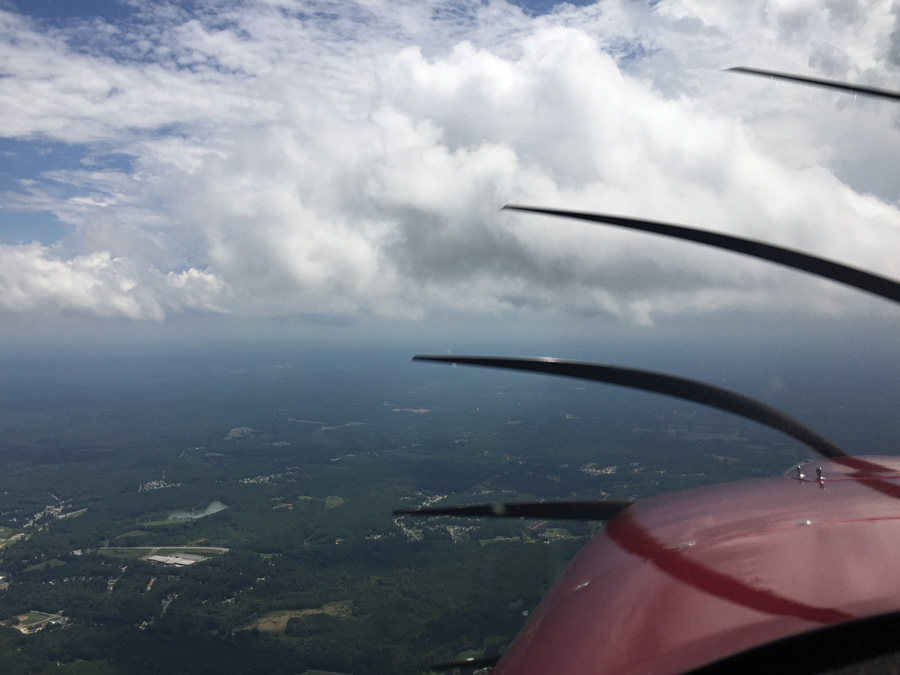
Once underneath we were rewarded with good visibility and a very easy last 10 miles. All of the cockpit tools and ATC came together for a very stress-free trip.
In this case, usual routing can be across the top of the Atlanta Class B airspace, where there is a VFR and IFR corridor. That route didn’t look very attractive to me, as there was a line of storms between Atlanta and our home, GA04, which you can see on the far left side of the screen in the photo on the previous page. So this time I proposed a route to a fix on the southwest side of Atlanta (Tiroe), followed by a turn to the east and our destination. If the weather held, it looked like it should get us south of the worst weather and only take us through some light rain. ATC accepted the plan and cleared us to descend to 4000 feet, which still left us IMC. Again, I don’t like being IMC with thunderstorms in the area, so I asked for 3000 feet and was granted that. Once down at 3000, the view out the window pretty well matched the XM and ADS-B because these were not fast-moving storms—just afternoon pop-ups, albeit a lot of them with some very heavy rain.
Now the controller started giving me heading changes. I’ve always been really impressed with the controllers in Atlanta when the weather is not cooperating. They are fantastic at vectoring you around the stuff, and I have learned to trust them. The air was surprisingly smooth and Approach kept us dry. And as luck would have it, a hole opened up between two storms, directly between us and our home field during the last 10 miles. We poked through it and the visibility on the other side was amazing. I made sure ATC knew how much we appreciated them during days like this, and it was funny to hear everyone else start chiming in with the thanks.
All in all it was a good trip. It’s nice to have so much information in the cockpit to make strategic decisions and to have ATC so friendly to work with.
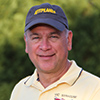
![]()
Vic Syracuse is a Commercial Pilot and CFII with ASMEL/ASES ratings, an A&P, DAR, and EAA Technical Advisor and Flight Counselor. Passionately involved in aviation for over 39 years, he has built 10 award-winning aircraft and has logged over 8000 hours in 70 different kinds of aircraft. Vic had a career in technology as a senior-level executive and volunteers as a Young Eagle pilot and Angel Flight pilot. He also has his own sport aviation business called Base Leg Aviation.










